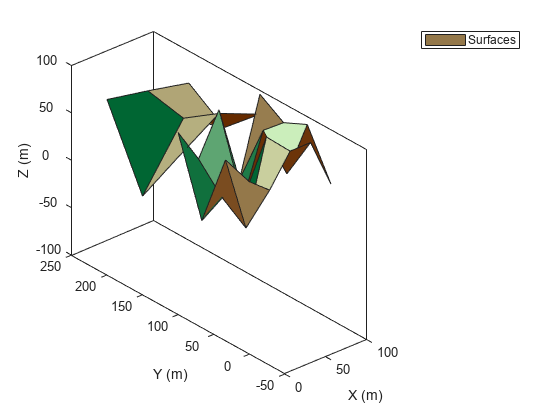surfacePlotter
Description
sPlotter = surfacePlotter(tp)SurfacePlotter object for use with a theaterPlot object
tp. Use the plotSurface function to
plot surfaces using the
SurfacePlotter object.
sPlotter = surfacePlotter(tp,Name=Value)SurfacePlotter object with additional options specified by one or more
name-value arguments. For example, surfacePlotter(DisplayName="Surfaces")
specifies Surfaces as the name displayed in the legend.
Examples
Input Arguments
Name-Value Arguments
Output Arguments
Version History
Introduced in R2022b
See Also
plotSurface | theaterPlot | surfacePlotterData | SurfacePlotter | SurfaceManager
